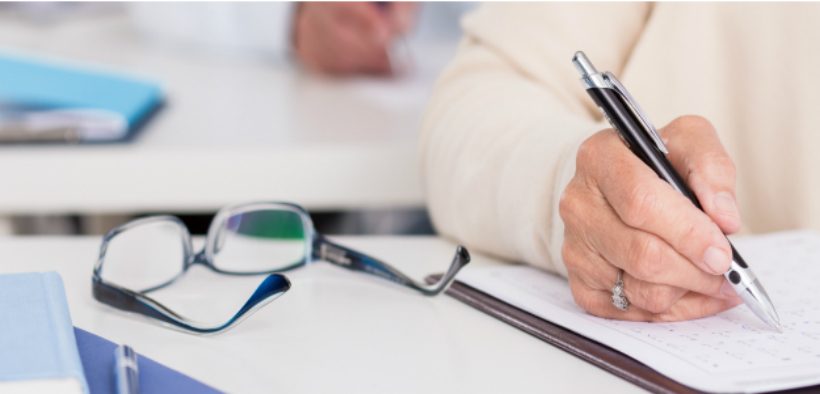Current thinking about the role of feedback in learning is changing. Several important articles that we've highlighted in previous issues have proposed less focus on teacher-provided feedback and more consideration of the role that can be played by peer- and self-assessment activities. As noted in this literature and confirmed by what teachers are seeing in their classrooms, many students are not using teacher-provided feedback to improve their work.
Related Articles
I have two loves: teaching and learning. Although I love them for different reasons, I’ve been passionate about...
Active learning is a mostly meaningless educational buzzword. It’s a feel-good, intuitively popular term that indicates concern for...
Perhaps the earliest introduction a student has with a course is the syllabus as it’s generally the first...
Generative AI allows instructors to create interactive, self-directed review activities for their courses. The beauty of these activities...
I’ve often felt that a teacher’s life is suspended, Janus-like, between past experiences and future hopes; it’s only...
I teach first-year writing at a small liberal arts college, and on the first day of class, I...
Proponents of rubrics champion them as a means of ensuring consistency in grading, not only between students within...









